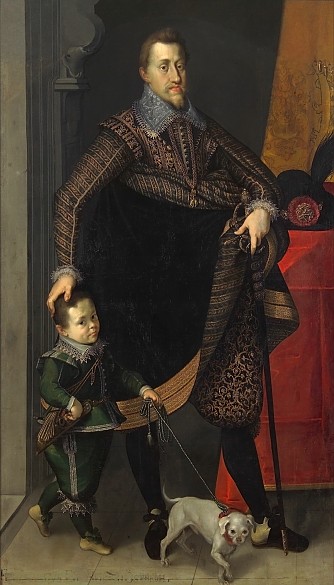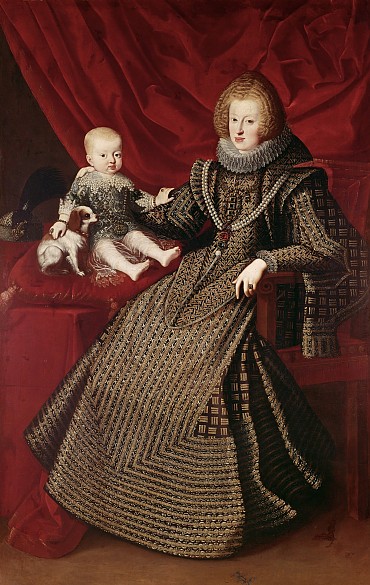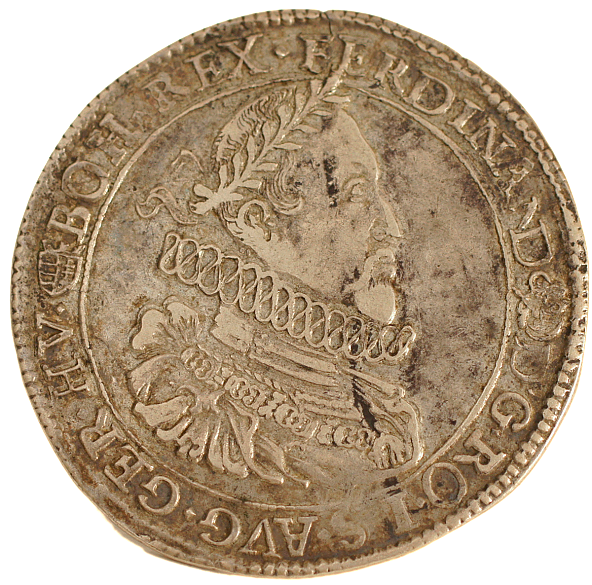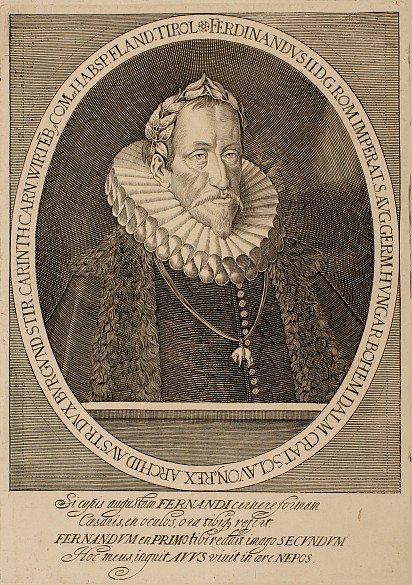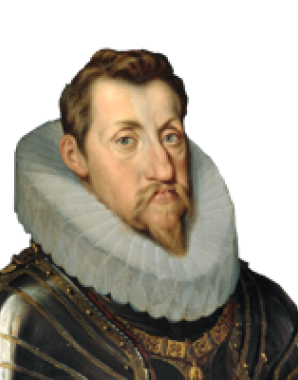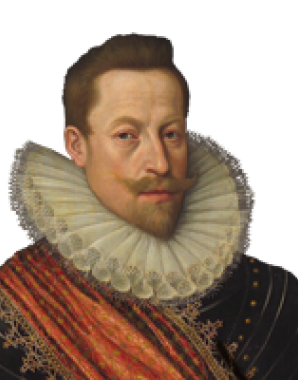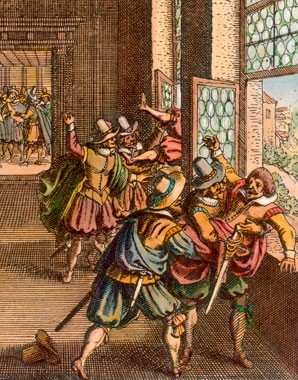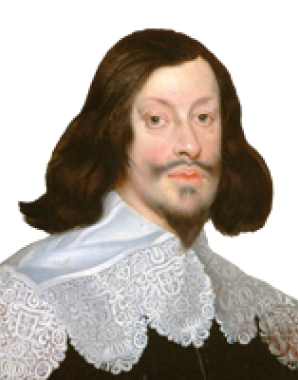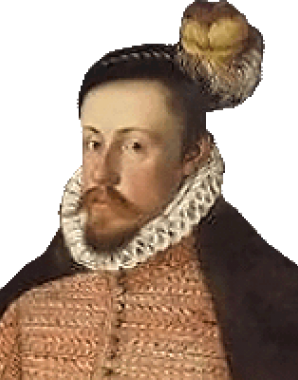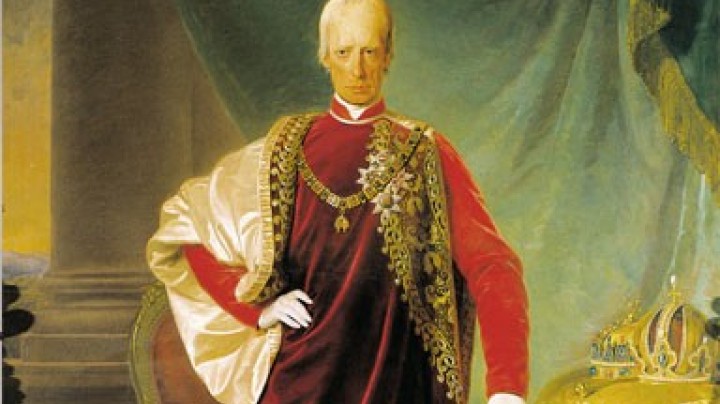Persecutor of the Protestants: Ferdinand II
Ferdinand II was uncompromisingly Catholic and promoted the Counter-Reformation with zeal. He led the Habsburg dominions into the Thirty Years’ War, which brought suffering and destruction upon the general populace.
Ferdinand’s reaction to a hard winter’s decimation of his stock of gameI received the listing of the animals that perished. It is quite a large quantity but to tell you the truth I was afraid that the losses would be greater. I wish that I could be compensated with the death of the same number of [Protestant] preachers and instigators of rebellions.
Ferdinand II was far more radical in his religious policies than his predecessors had been. Not only had he received a strict Catholic education under the Jesuits, but he was also under pressure from the Catholic Wittelsbach dynasty, of which his first wife Mary was a member. Even before becoming Emperor he had gained a reputation as a persecutor of the Protestants: in Inner Austria, where he succeeded his father Charles II, he pushed through the Counter-Reformation with unbending zeal. This involved burnings of books and the expulsion of Protestants who were unwilling to convert to Catholicism.
Although Emperor Matthias long resisted being succeeded by his cousin Ferdinand, he had no children of his own and was by this time old and weak. When Ferdinand was elected Emperor following the death of Matthias, he was already king of Bohemia and of Hungary, having gained the upper hand over a claim to the Bohemian crown pressed by his Spanish relatives. On his accession to power, Ferdinand II found himself facing a highly critical situation both in the Habsburg hereditary lands and also in the Holy Roman Empire as a whole, where there was a major confrontation between the two religious parties: the Protestant ‘Union’ and the Catholic ‘League’. In 1618 a conflict in Bohemia over the rights of the Protestant Estates escalated into an armed revolt. Although the situation was quickly defused through Ferdinand’s victory at the Battle of the White Mountain, the peace promised by the use of military force was short-lived. On the contrary: the drastic disagreements between Catholics and Protestants led to the Thirty Years’ War. Ferdinand saw himself as the champion of the Catholic cause and aimed to restore Catholicism in the entire Empire. As time went on, however, the religious questions became secondary: increasingly, the war became a conflict in which mercenaries fought for money and booty – and the general populace suffered most of all from its continuation.
In 1629 Ferdinand II had reached the height of his power and was still striving to make good the losses incurred by the Catholic Church since the religious Peace of Augsburg of 1555. From 1629 onwards, however, the Emperor suffered numerous setbacks and on his death in 1637 bequeathed his son Ferdinand III a situation that was chaotic in the extreme.
